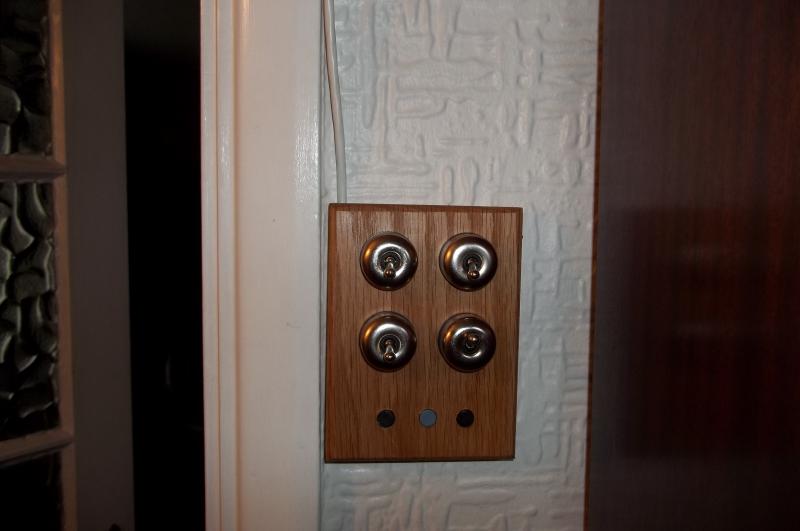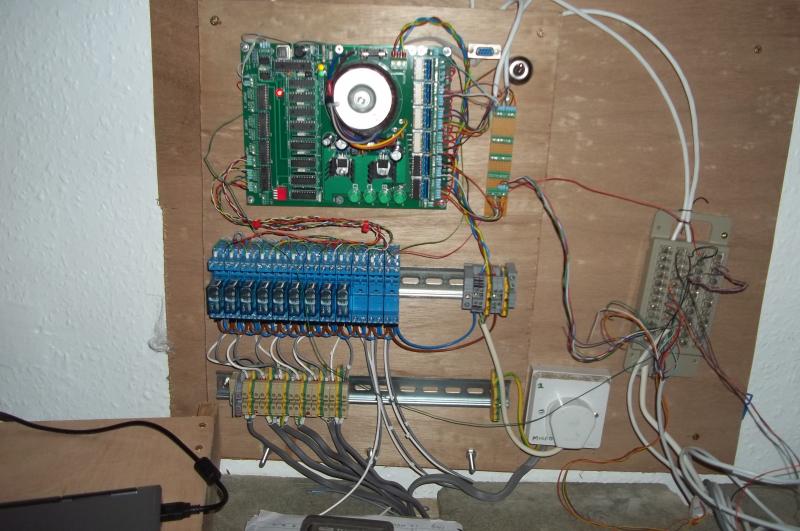But that could be down to dimmer/ transformer compatibility in stllp's case .
Rf's and mine have lasted in excess of 10 years, however winstons right, theres no way really of telling how long ours would have lasted if not dimmed.
In my veiw another advantage of dimming is that the reduced heat increases lampholder and fitting life
Rf's and mine have lasted in excess of 10 years, however winstons right, theres no way really of telling how long ours would have lasted if not dimmed.
In my veiw another advantage of dimming is that the reduced heat increases lampholder and fitting life



